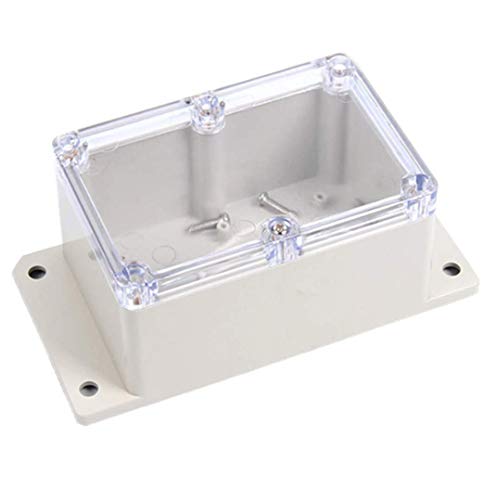Walter Leach
Junior Member
- Joined
- Jun 8, 2012
- Messages
- 10
- Reaction score
- 0
I have done an EICR today on a small office. Its a single phase install across two Consumer Units/Db's, TT system to a single earth rod. It was rewired in 2005 and I have the original NICEIC install certificate to reference.
It was signed off with an Ra of 297ohms. I'm getting 277 ohms and that's with the ground saturated after all this rain. I reckon it should not have been signed off and plan a C2.
Further it has been signed off as having 10mm main bond to the incoming water and gas services. Actually there is just one 10mm bond with the connection made at to the water and gas pipes by the combi boiler which is at the opposite end of the premises to the incoming services and there is no earth connection at the entry point to either service. Another C2 I reckon. I do get 0.34ohms if I use a wander lead to measure from the DB to the point of entry on the incoming services.
Does anybody strongly disagree? Why ask? Because I have a sense that when I submit my report the client will involve the original contractor so I want to be sure of my ground.
As a PS: The Final circuit Zs readings for the install cert range from 1.5ohms to 6.5 ohms where all my readings are in the order of 170 ohms and there are other anomalies that I wont bore you with which is a shame because apart from the earthing above the workmanship and general install on the final circuit side is very good.
It was signed off with an Ra of 297ohms. I'm getting 277 ohms and that's with the ground saturated after all this rain. I reckon it should not have been signed off and plan a C2.
Further it has been signed off as having 10mm main bond to the incoming water and gas services. Actually there is just one 10mm bond with the connection made at to the water and gas pipes by the combi boiler which is at the opposite end of the premises to the incoming services and there is no earth connection at the entry point to either service. Another C2 I reckon. I do get 0.34ohms if I use a wander lead to measure from the DB to the point of entry on the incoming services.
Does anybody strongly disagree? Why ask? Because I have a sense that when I submit my report the client will involve the original contractor so I want to be sure of my ground.
As a PS: The Final circuit Zs readings for the install cert range from 1.5ohms to 6.5 ohms where all my readings are in the order of 170 ohms and there are other anomalies that I wont bore you with which is a shame because apart from the earthing above the workmanship and general install on the final circuit side is very good.































































